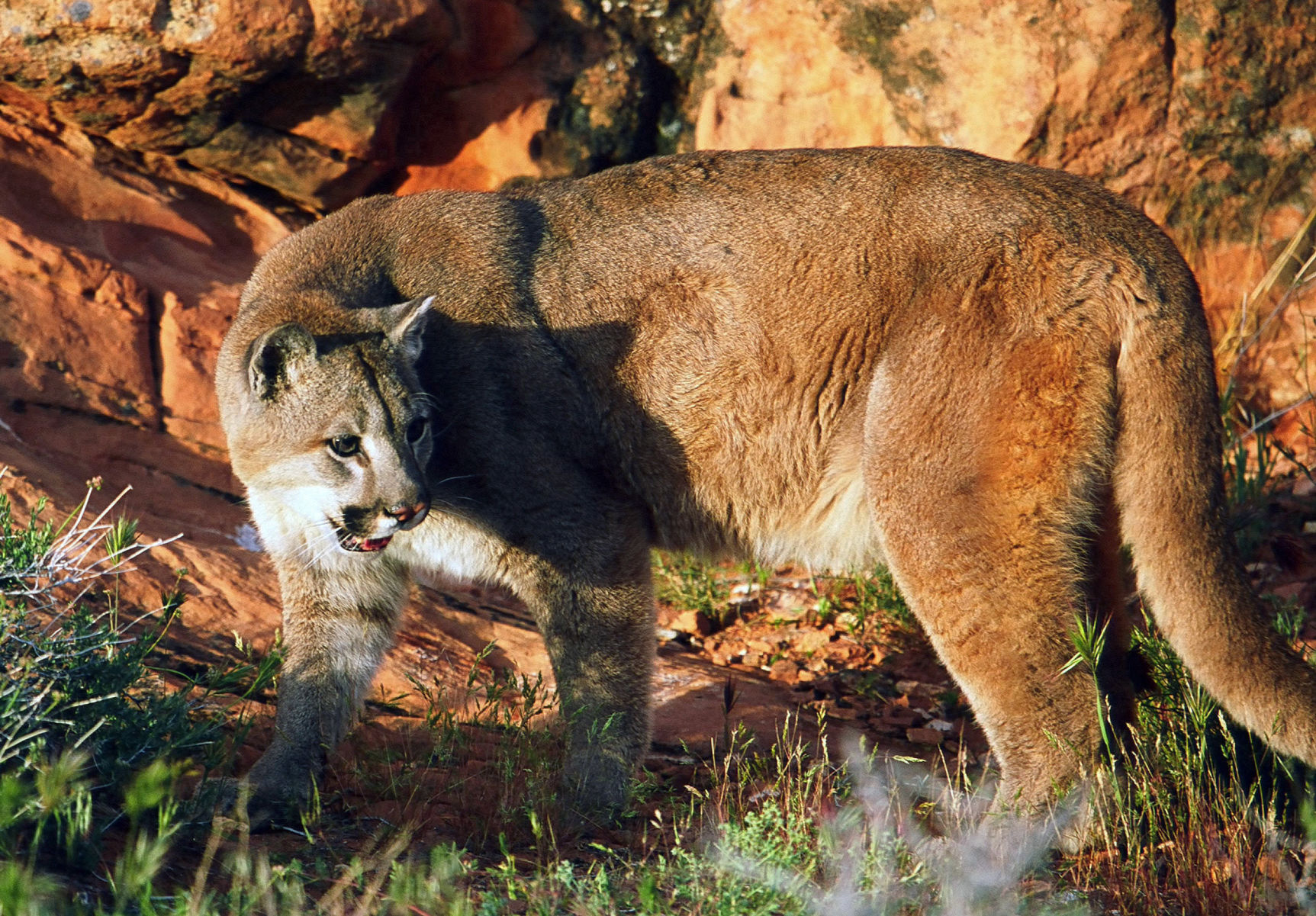Cougars are doing well in Utah. So well, in fact, that a few more hunters might be allowed to hunt them this fall.
This past season, hunters were given the opportunity to take 581 cougars in the state. For the upcoming season, biologists with the Division of Wildlife Resources are recommending that hunters be allowed to take 653.
The number of cougars that are taken will actually be lower than 653, though. For example, 456 cougars were taken this past season, even though hunters were allowed to take 581.
“Cougars are tough to hunt,” says Darren DeBloois, game mammals coordinator for the Division of Wildlife Resources. “Not every hunter who gets a permit will take one.”
Bobcat recommendations, for Utah’s upcoming season, will also be discussed at an upcoming series of public meetings.
Learn more, share your ideas
Starting July 16, all of the biologists’ cougar and bobcat hunting recommendations should be available at www.wildlife.utah.gov/public_meetings. After you’ve reviewed the ideas, you can let your Regional Advisory Council members know your thoughts by attending your upcoming RAC meeting or by sending an email to them.
RAC chairmen will share the input they receive with members of the Utah Wildlife Board. The board will meet in Salt Lake City on Aug. 30 to approve cougar and bobcat hunting recommendations for Utah’s 2018-2019 seasons.
Dates, times and locations for a local RAC meeting is: Southeastern Region
Aug. 1, 6:30 p.m. at John Wesley Powell Museum, 1765 E. Main St., in Green River
You can also provide your comments to your RAC via email. Email addresses for your RAC members are available at www.wildlife.utah.gov/dwr/rac-members.html.
The group each RAC member represents (sportsman, non-consumptive, etc.) is listed under each person’s email address. You should direct your email to the people on the RAC who represent your interest.
Cougar population
DeBloois says Utah’s cougar population is doing well, with lots of the big cats found across the state. He appreciates the role cougar hunters play, both in helping protect deer, bighorn sheep and livestock from cougars and providing wildlife biologists with valuable information that helps them manage the population.
DeBloois says those who take a cougar must bring the animal to a DWR biologist or a conservation officer. “The first thing we do is examine the animal to see if it’s a male or a female,” he says. “Next, we determine the animal’s age by removing and analyzing one of its teeth.”
DeBloois says the number of females and the number of adults in a cougar population are the key factors in keeping the population healthy and strong.
“A male cougar will breed with several females,” he says, “so keeping plenty of females in the population is important. The number of adults is also important. A healthy population will have plenty of adults. If the number of adults starts to decline, we know the overall number of cougars in the population is declining too.”
Utah’s Cougar Management Plan provides guidelines that help ensure the state has a healthy and stable cougar population. The two major guidelines are the number of female cougars hunters take—compared to the number of males—and the number of cougars taken that are five years of age or older.
The plan says not more than 40 percent of the cougars hunters take can be females. And at least 15 percent of the cougars taken must be 5 years or older.
During the 2017–2018 season, only 32 percent of the cougars taken were females. And 16 percent of the cougars were 5 years or older.
“Utah’s cougar population has plenty of females in it,” DeBloois says, “and plenty of adults too. For those reasons, we’re recommending a slight permit increase.”
DWR may increase number of cougar hunting permits

lynn_2011_cougar_1
